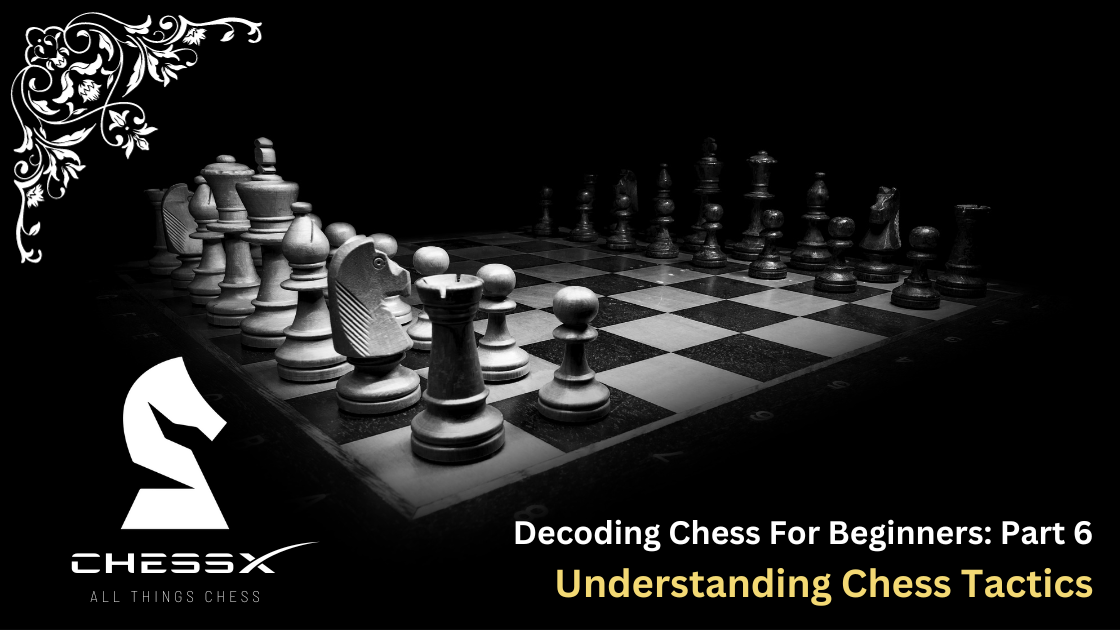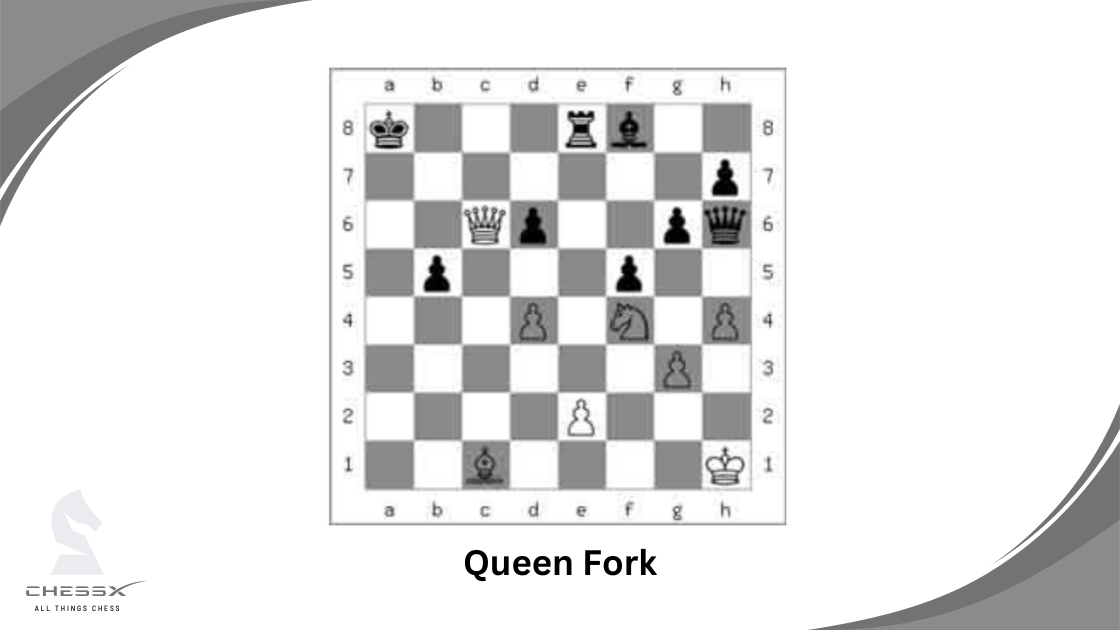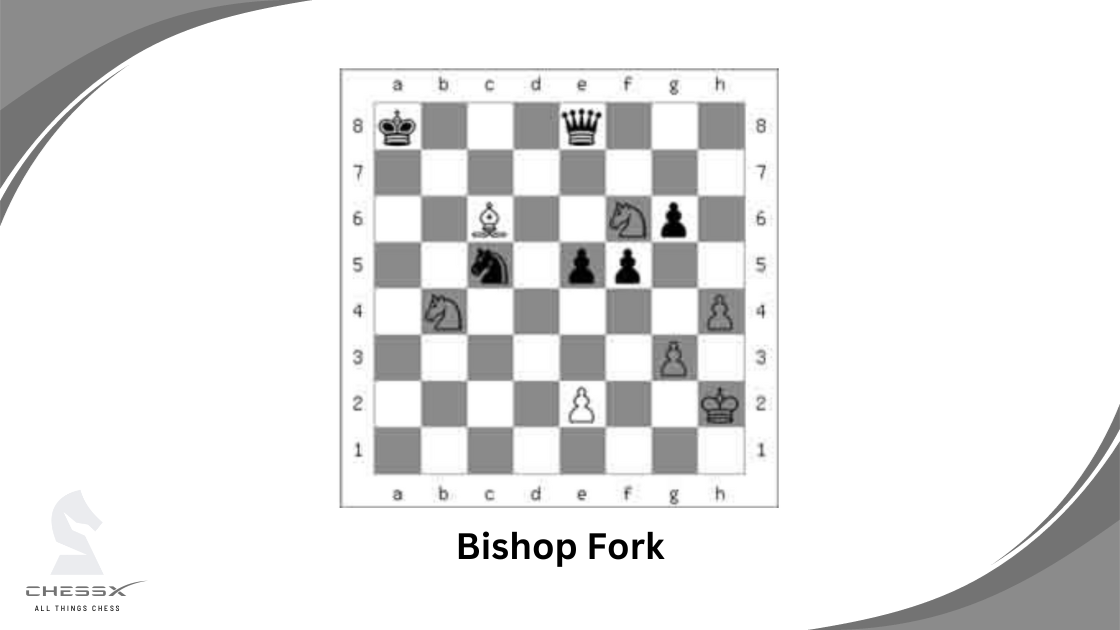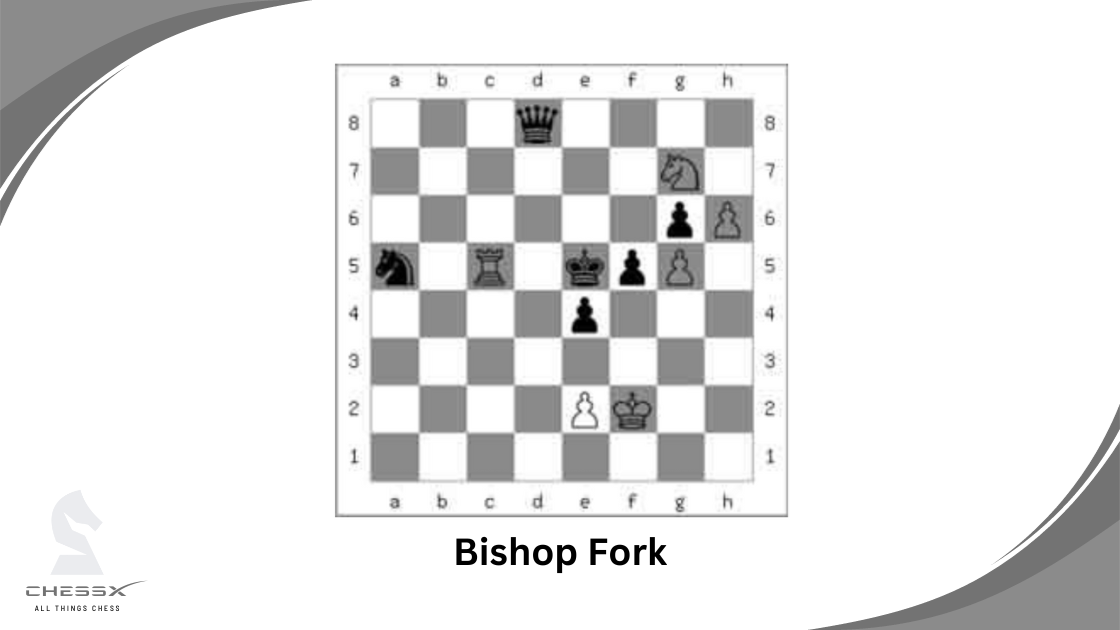Decoding Chess for Beginners: Understanding Chess Tactics

In the sixth instalment of the Chess for Beginners series, we will introduce you to some exciting chess tactics that can help you change the course of the game.To gain the most from this discussion, we encourage you to read the complete blog.
Chess tactics are short-term strategies aimed at altering the outcome of a game. Let's explore them one by one.
En Passant
This is a less known move that many novice players may not be aware of. Generally, pawns can only attack another piece if it's diagonally in front of them to the left or right.
However, in an En Passant, a pawn on the 5th rank can attack even if the opposing pawn makes a double step.

(For example, when the white pawn is on the 5th rank, and the black pawn double steps to e5, the White player may use En Passant to attack the black pawn, as illustrated in the diagrams above.)
Castling
This is the only move in the game where you can move more than one piece at a time, usually used to protect the king by exchanging sides with the rook.


However, this move has a few restrictions:
- There should be no pieces between the king and rook.
- Both the king and the castling rook have not moved yet.
- The king is not currently in "check."
Knight Fork

A knight fork is a tactic that involves threatening two different pieces of the opponent with your knight. This tactic is powerful because the knight does not move in a straight line like other pieces.
Another advantage is that you can capture a more valuable piece like a rook or queen using the knight. However, ensure that one of the targets in the fork is not the opponent’s knight, as it will result in you losing your knight.
Look for these situations throughout the game – this could be the move that shifts the momentum in your favor.
Queen Fork

A queen fork involves threatening two different pieces of the opponent with your queen. The queen, being the most valuable piece on the board after the king, requires careful consideration in its usage.
Targeting a protected piece may lead to the loss of your queen, providing an advantage to your opponent. When used with care, the queen fork has the potential to result in checkmate soon after the exchange.
Bishop Fork

A bishop fork, as the name implies, involves threatening two different pieces of the opponent using your bishop. This is a powerful tactic that can help you easily capture an opponent's piece.
However, it is essential to ensure that one of the targets is not the opponent’s bishop or queen, as it may result in the loss of your bishop. Therefore, employ this tactic cautiously for better results.
Rook Fork

A rook fork entails using the rook to threaten two different pieces of the opponent. Ideally, the rook fork should target two unprotected pieces or the king and an unprotected piece.
This tactic is effective as the rook has access to the entire line. However, it is crucial to ensure that one of the targets in the rook fork is not the opponent’s rook or queen, as this could be detrimental to the survival of your rook. Hence, use this tactic with care, considering the higher value of the rook.
To access the entire blog, subscribe to our premium plans today and elevate your chess game to the next level. Get ChessX for all things chess.